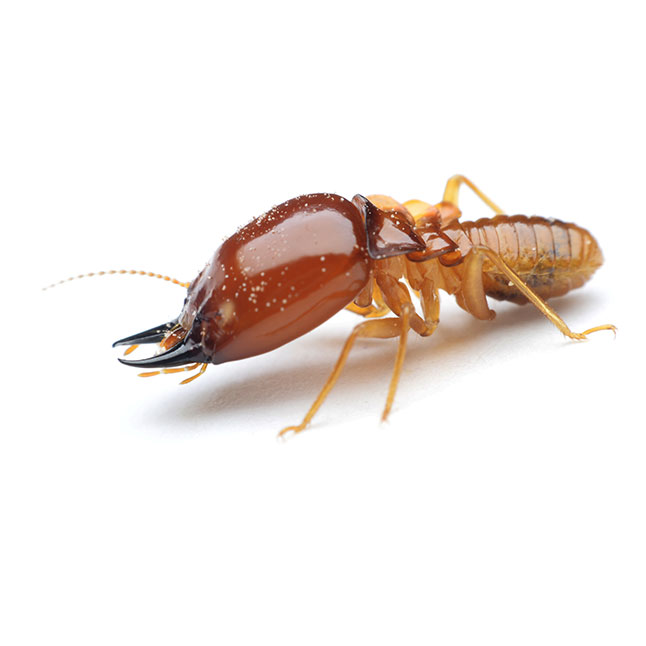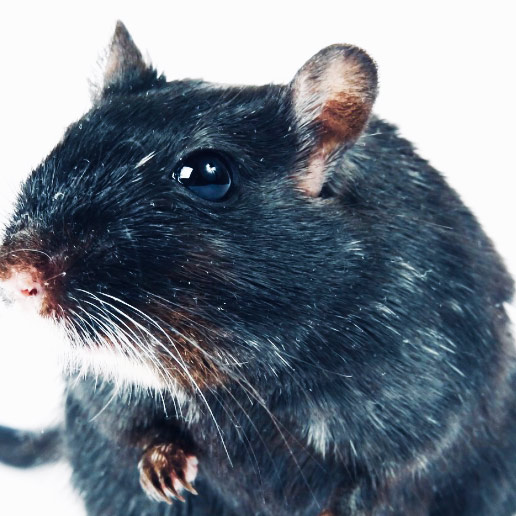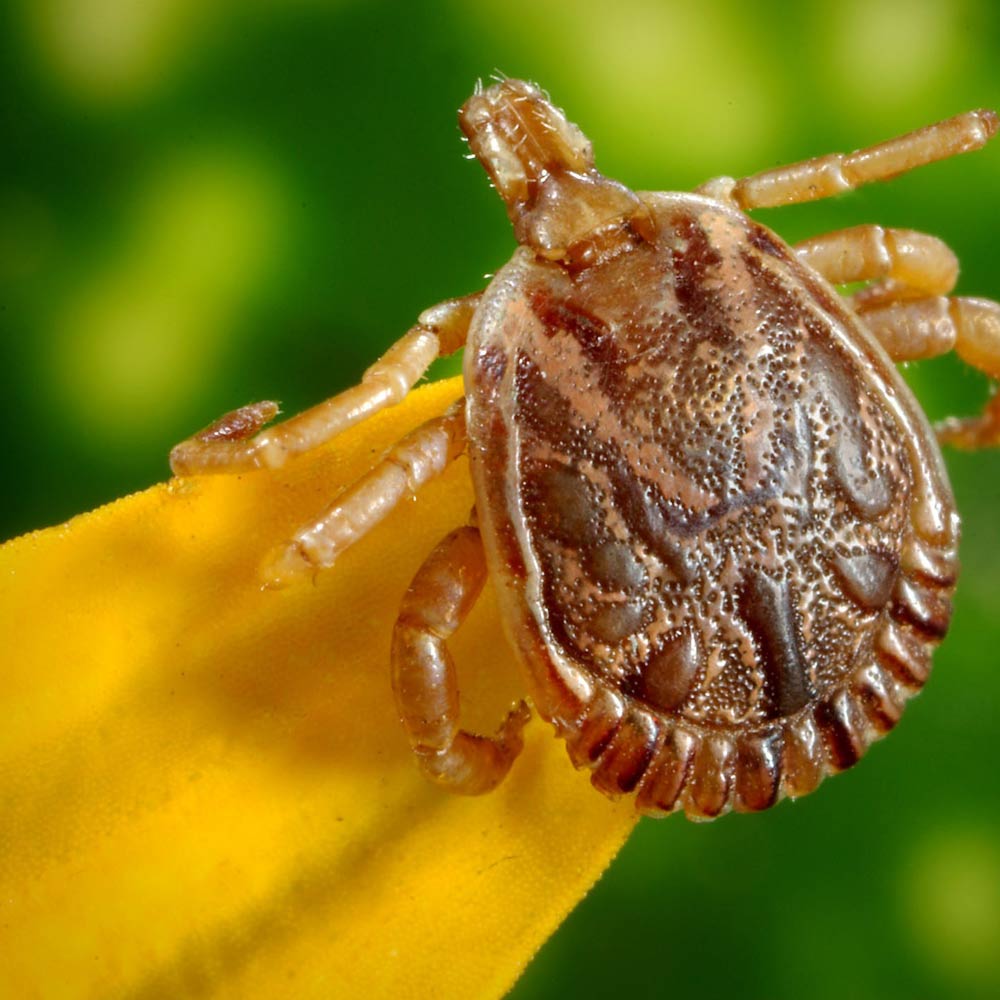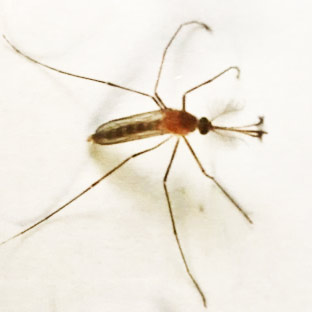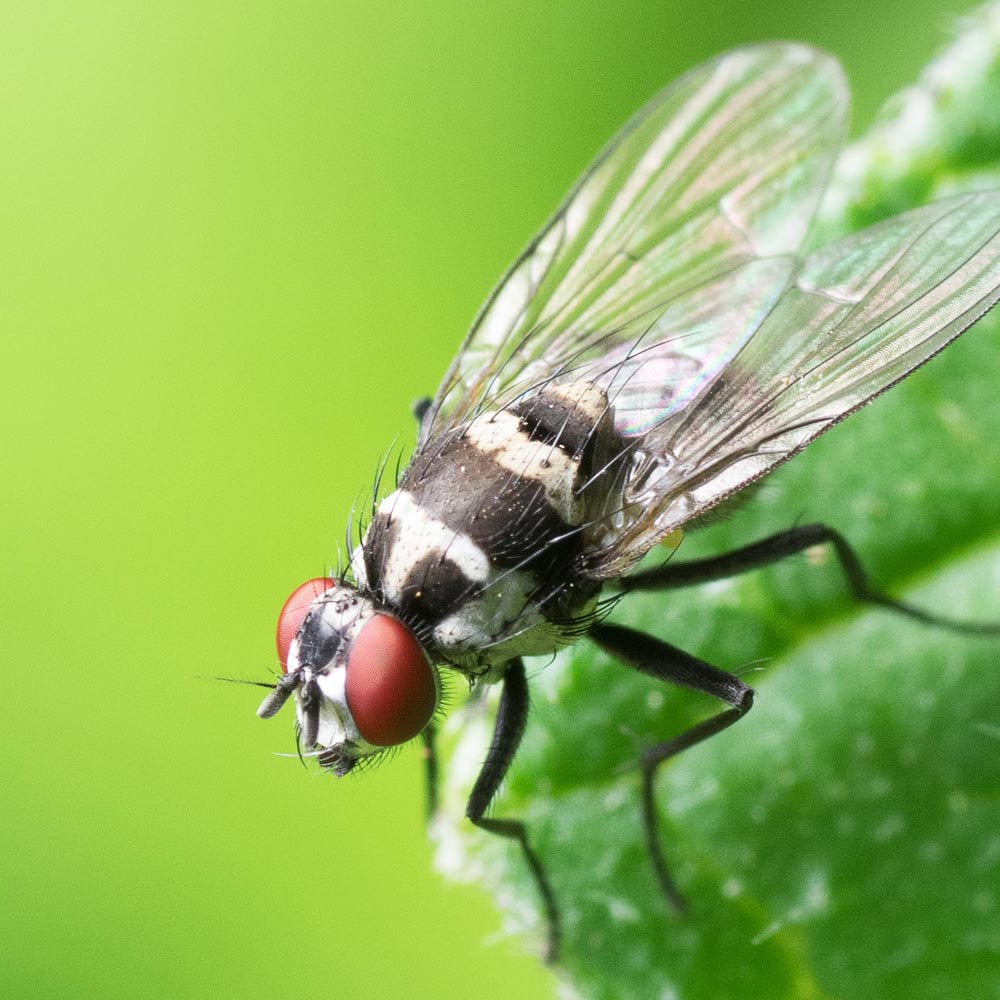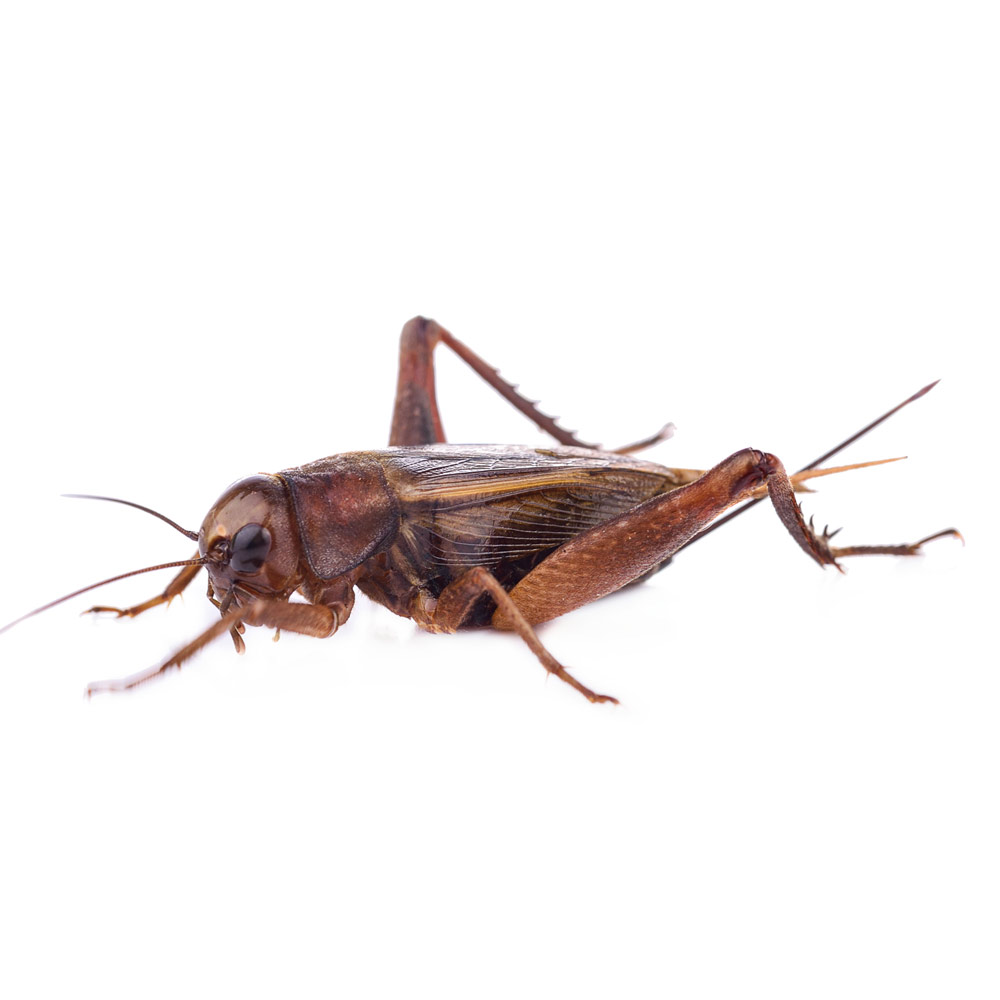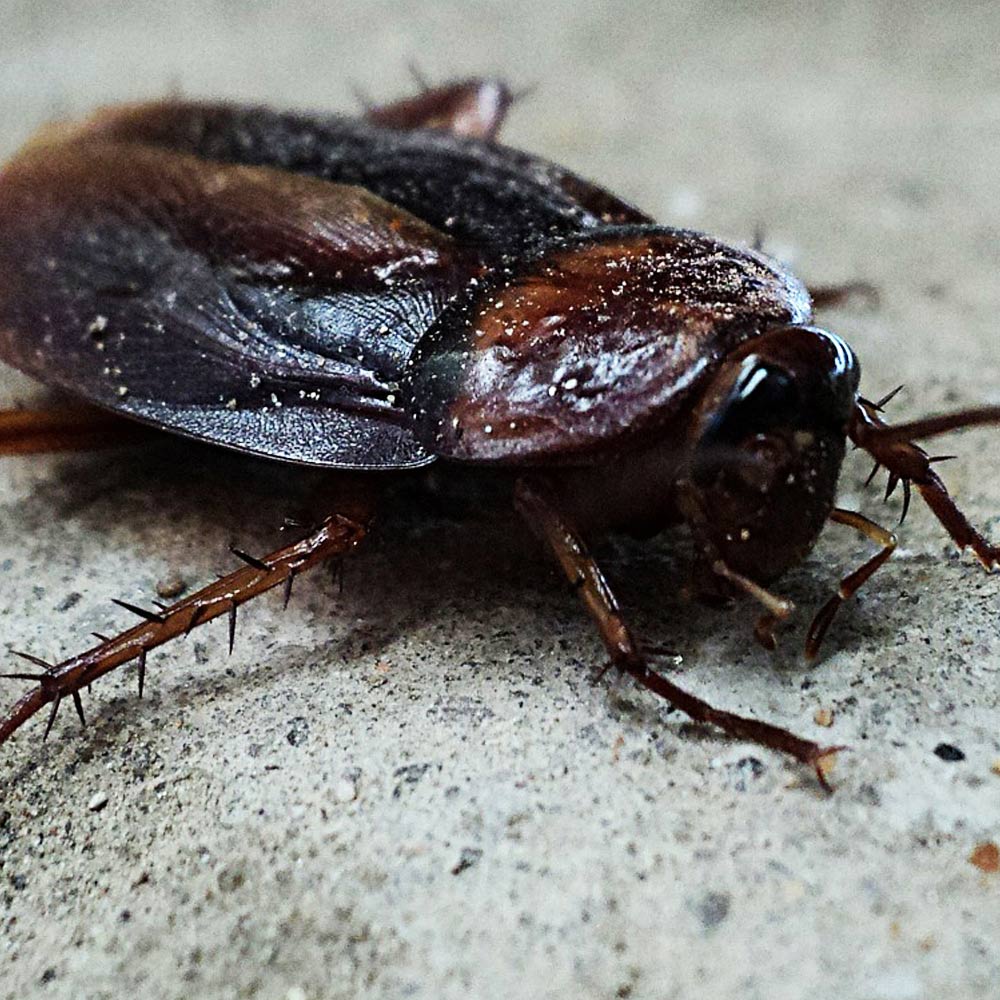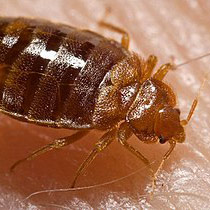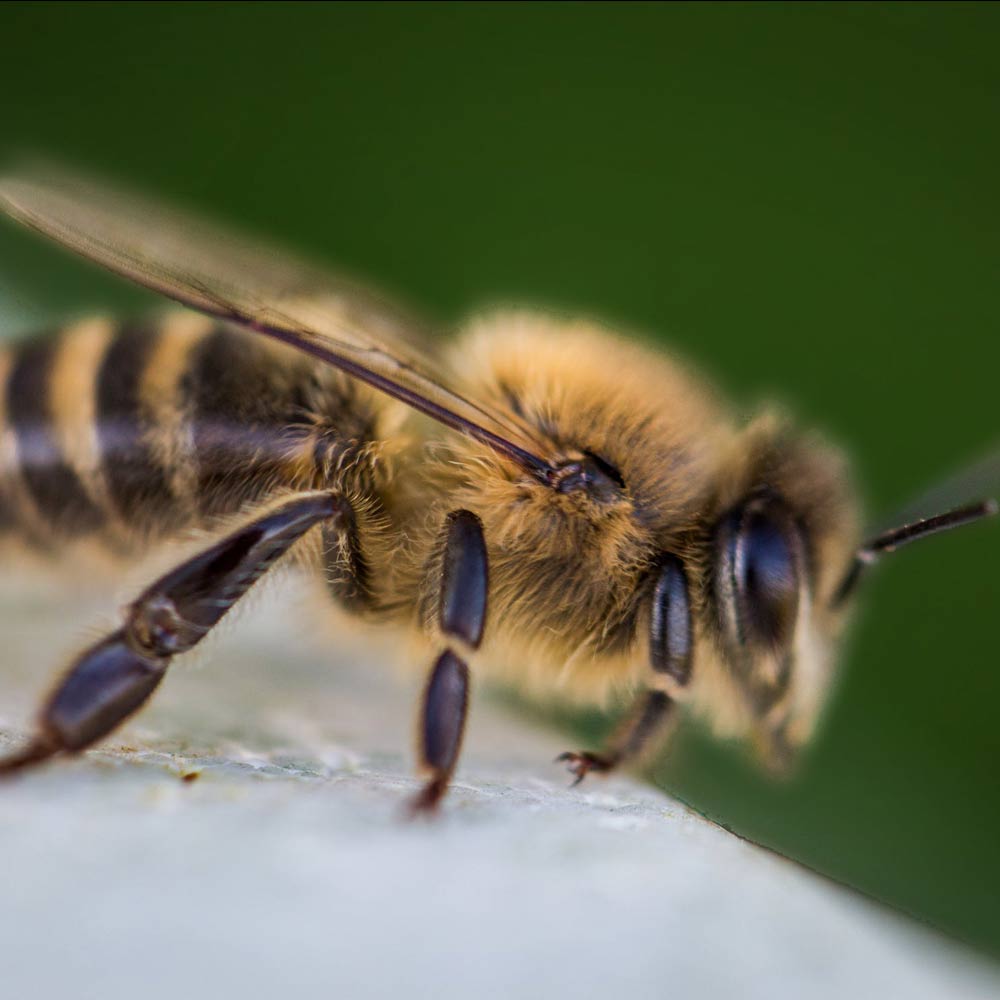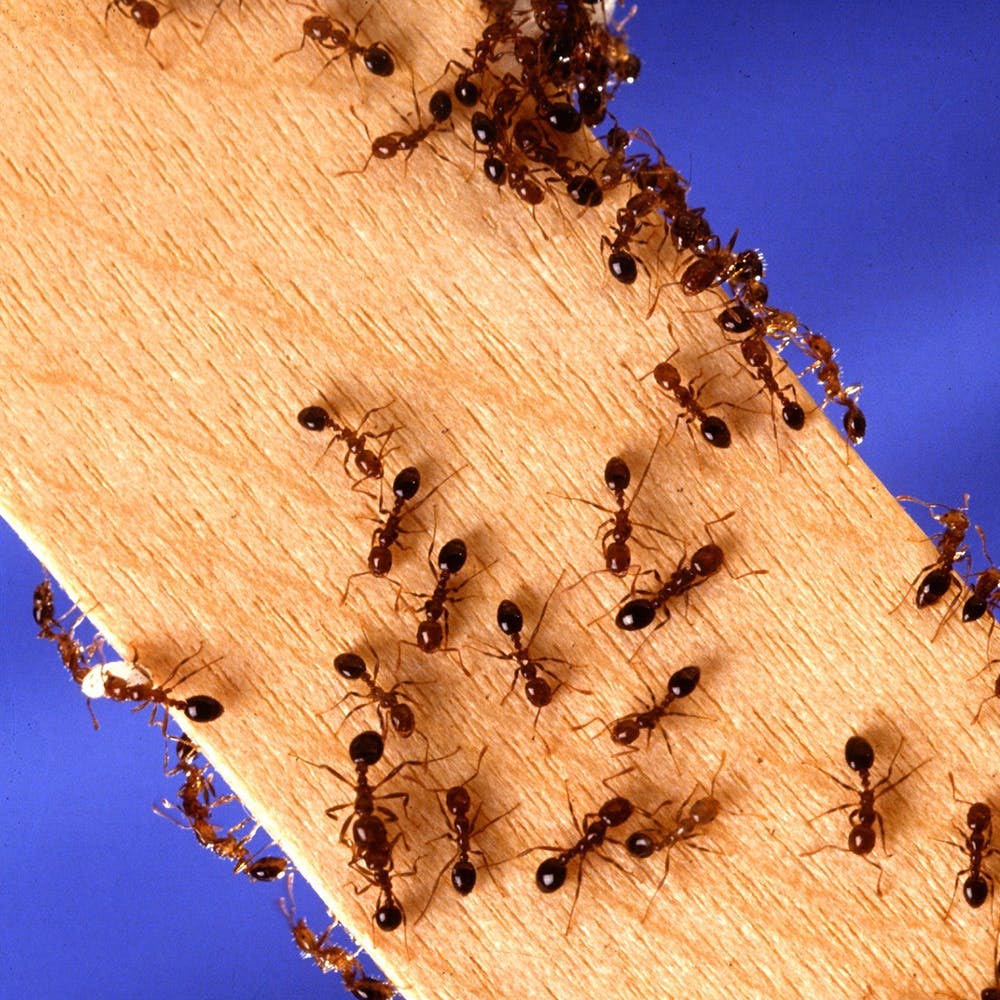DAMPWOOD
TERMITE
One of the largest of the termite species. Brown in color and averaging ¾ – 1 inch in length Dampwood Termites are rarely found in Southern California metropolitan areas. Usually infesting damp saturated wood from ground level up. Most often found in logs, stumps, and dead trees.
Threats posed by this termite to property owners is minimal. Once a colony is detected a combination of localized treatment, reduction of the moisture source, and wood replacement is the recommended course of action.
DRYWOOD
TERMITE
These termites are reddish brown in color and average about ½ inch in length.
Drywood Termites are the most common of all termite species in Southern California and annually swarm during the Fall Season. Colonies require no contact with soil and reproductive queens have a lifespan of up to 15 years.
Threats posed by Drywood Termites to property owners can be significant. Whole structure fumigation is the most complete method of controlling Drywood Termites and there is an entire industry present to provide this service. There are multiple secondary methods utilized by industry professionals to control Drywood Termites including Heat Treatment, Chemical Application, Microwave, etc.
SUBTERRANEAN
TERMITE
Subterranean Termites live within the soil beneath or adjacent to structures they infest. They average ½ inch in length and are the smallest of all termite species. Colonies commonly live beneath concrete slabs and enter structures through minute cracks, expansion joints, and utility conduits. Subterranean Termites require constant humidity therefore they create mud tubes as conduits to move from their underground nest into a structure.
Threats caused by Subterranean Termites to property owners are extensive. Probably the most destructive of all the termite species in overall damages to structures.
Subterranean Termites are controlled with chemical application into infested soil, under concrete slabs, and into wall void/framing. The presence of colonies around a structure can also be detected with the use of exterior baiting systems.
FORMOSAN
TERMITE
Formosan Subterranean Termites are not indigenous to the United States, but have been imported from tropical climates and have established colonies throughout the South East. Also known as the ‘super termite’, Formosan Termite colony members can easily number in the millions and individual nests commonly extend for more than 300 feet. With a sufficient water source Formosan Subterranean Termites can also create an aerial ‘carton nest’ above ground in wall voids with no soil contact.
Threats to property owners posed by the Formosan Termite is most problematic. A mature colony can consume almost a pound of wood a day and can cause significant damages to a structure within 3 months. Once established in an area the Formosan Termite has never been successfully eradicated.


